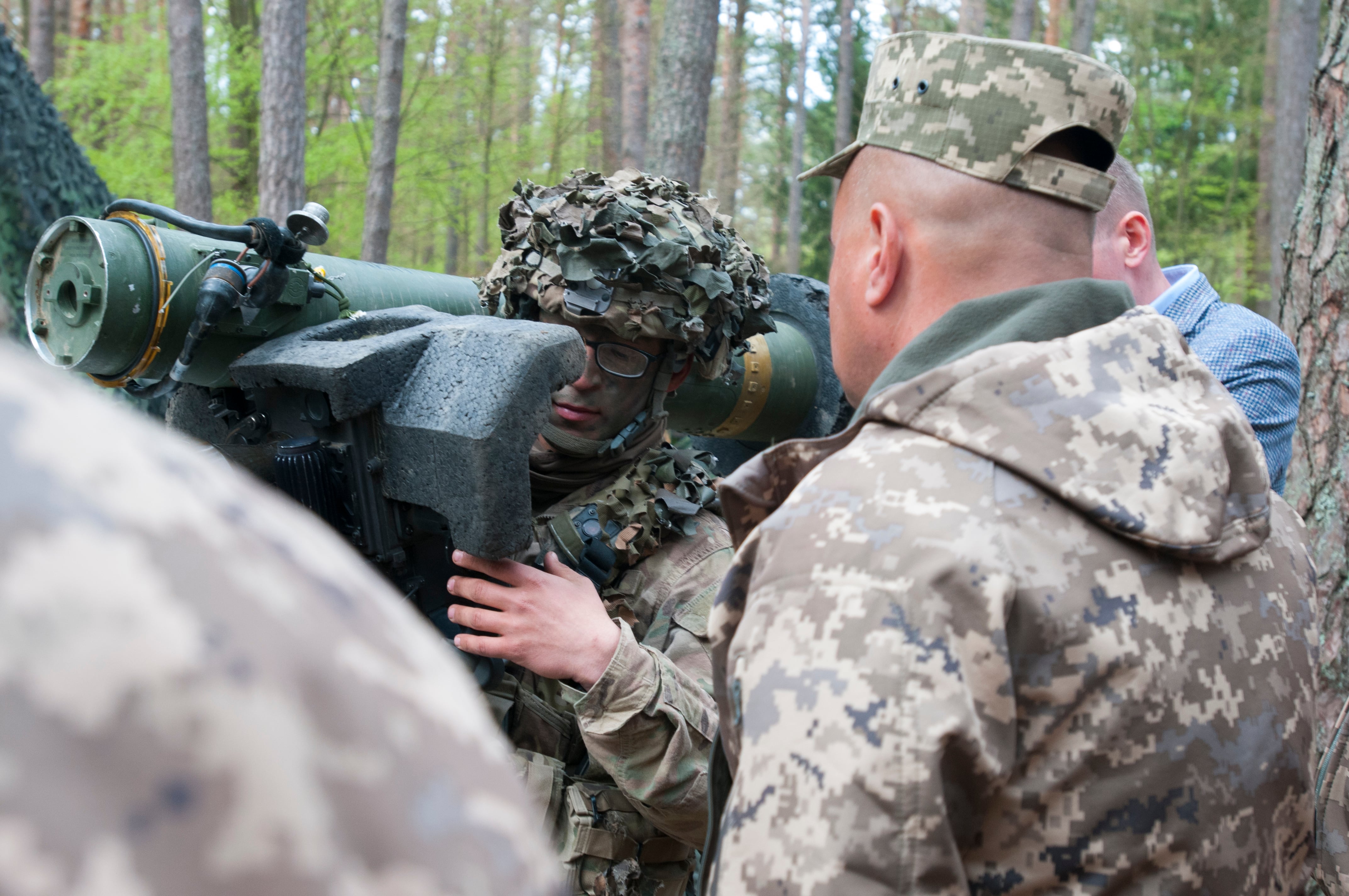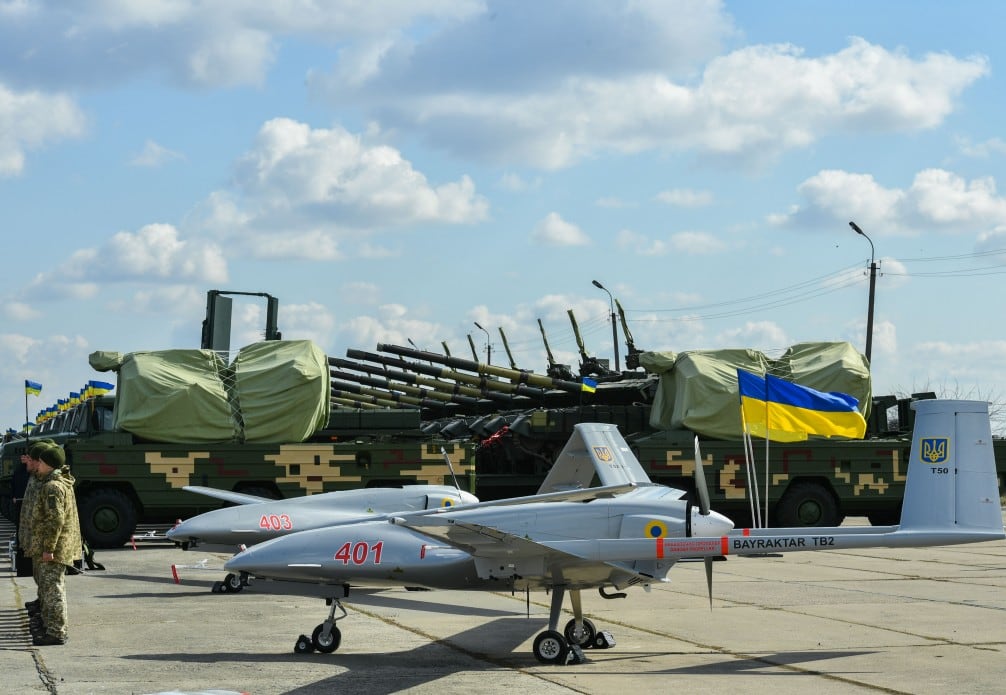Ukrainian forces are under heavy assault by Russian drones and ground systems equipped with jammers and direction finding technology honed to sniff out Ukrainian military positions — a near-peer battle offering lessons learned for American forces.
Speaking at a symposium for the Association of Old Crows — an electronic warfare nonprofit — Col. Ivan Pavlenko, deputy chief of combat support units of Joint Staff Armed Forces of Ukraine, told audience members Tuesday that Ukraine had lost nearly 100 drones to Russian electronic attacks on navigation systems through a tactic known as GPS spoofing.
Russia has also been “really effective” at finding and jamming Ukrainian counter artillery batteries, Pavlenko said. Russian forces will blind the radar systems and then shell Ukrainian forces, he explained.
He described Russian suppression of Ukraine’s trunked Motorola radio communications as “highly active.” Russian forces also managed to infect a radio repeater — a system that helps boost two-way radio communications longer distances — with a virus, according to Pavlenko.
Russian forces are also employing drones armed with direction finding technology and receivers to track down and locate Ukrainian forces on the ground.
RELATED

Russia also has the ability to jam smartphones and GSM cellular networks at a depth of 20 miles, Pavlenko detailed. Once in the smartphone, Russia can steal information or locate a position, he explained.
Ukrainian forces are now awash with experience fighting through and exploiting the electromagnetic spectrum. While the U.S. has provided training and equipment to Ukraine, its forces have largely watched the battle from the sidelines taking notes in preparation for a larger conflict.
For the past two decades, American troops have been embroiled in low-tech counterinsurgency conflicts where the electromagnetic spectrum has been dominated by the U.S.
Seamless communications and access to GPS navigation have been the norm for American troops, but the Ukraine battlefield is a testament that American forces can no longer maintain preconceived notions that their forces will control and operate smoothly in the future.
Used to operating from large built-up bases, U.S. forces will now need to learn how to mask and hide both their visible and electromagnetic signature.
U.S. troops need “better “hiding” mechanisms — scrambling, spoofing and otherwise masking their signals and electronic signatures,” said Samuel Bendett, an adviser at the Center for Naval Analyses and a fellow in Russia studies at the American Foreign Policy Council.
American troops in Syria have already been honing this skill in where some near-peer states continue to vie for control of strategic resources and influence in the Middle East.
“You’re getting exposure to threats from adversaries to potential adversaries around the region that you can’t replicate back in the United States,” Marine Col. George Schreffler III, the former commander of Special Purpose Marine Air-Ground Task Force – Crisis Response – Central Command, previously told Marine Corps Times. “And that’s making us more ready.”
Surveillance drones armed with electronic war capabilities from Russia, Iran and Turkey are flying the skies over Syria scoping enemy positions and collecting valuable intelligence.

“We have to continue to train to minimize our signatures, both from an electromagnetic perspective, and from the physical, visual and audible observation perspective,” Schreffler explained.
“Camouflage and cover and concealment matter, and when any adversary is looking at you with their own small unmanned aerial systems, or their aircraft ... your Marines have to be good at skills Marines always have to be good at,” he said.
Drones have been vital to both Ukrainian and Russian forces battling over the electromagnetic spectrum.
Bendett says America needs to take stock in this experience and ensure its fleet of drones are hardened against GPS spoofing and electronic attack.
“In fact, Ukrainian drone industry recently announced that some of its UAVs built for the military have better EW protection than previous models,” Bendett said. “For their part, Russian military is also building drones that can operate in an EMS-challenged environment.”
Pavlenko told audience members Tuesday that U.S. sanctions have taken a toll and degraded some of Russia’s electronic warfare capabilities.
“Not sure what is meant by “degraded” - If anything Russians learned a lot from Ukrainian experience and their electronic warfare is stronger. I think this is Ukrainians trying to counter Russian narrative. I don’t think Russian capabilities were degraded there," Bendett told Military Times.
Shawn Snow is the senior reporter for Marine Corps Times and a Marine Corps veteran.





